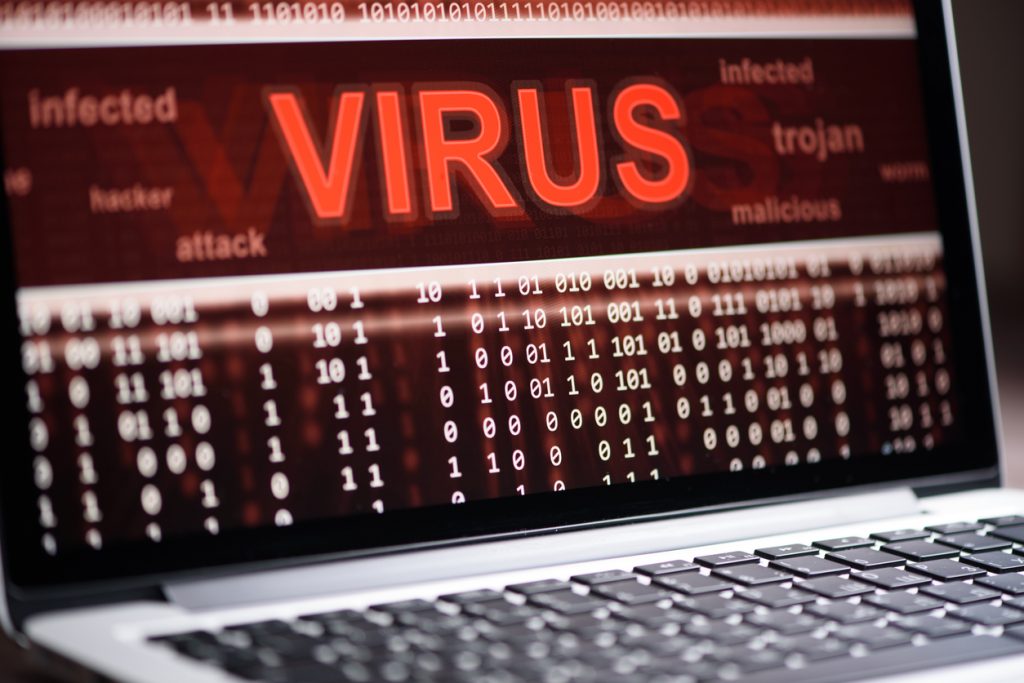What are Computer Viruses and How Do They Work

Since the advent of the internet and personal computers, viruses have been a ubiquitous scourge on the online citizen. Every time we go online, we expose ourselves to the threat of various kinds of malware, most often viruses. As viruses continue to be released and spread across the internet, it is clear the threat is a constantly changing environment.
Computer viruses are executable code programs that have a unique ability to replicate themselves in computer systems and spread rapidly from one computer to another. They penetrate and infect files and other programs, sometimes making them unreadable and inaccessible — the ultimate aim being one of:
- Distributing/executing ransomware attacks,
- Enlisting the victim’s system into a botnet,
- Crashing the victim’s system,
- Providing threat actors with remote access to victim’s device,
- Stealing the victim’s personal data,
- Create unwanted pop-up ads,
- Adding the victim system to a malvertisement.
Similar to biological viruses, computer viruses cannot live without a host. Often, users are unaware that their email software has been infected with a virus (email hijacking) which is then automatically emailed to contacts. A famous, recent example would be the WannaCry attack in 2017, one that the world is still reeling from; and to illustrate the pedigree here, back in 2004 the ILOVEYOU email virus affected around 45 million users and cost approximately $10 billion in damages.
And to make matters worse, viruses are also often hidden in:
- Pirated apps
- Advertisements
- Music
- Movies
- Photos
- Free games
- Toolbars
Types of Viruses
There are many viruses out there, waiting to infect our computers and phones. These are the most common types.
- Cluster Virus: Attaches itself to the execution of programs in order to ensure that the virus itself will start whenever any program on the computer is started.
- Macro Virus: Written in a macro language and infects Microsoft Word (or similar app), causing a sequence of actions to be executed automatically when the infected app is started.
- Direct Action Virus: A “non-resident” virus that works by selecting one or more files to infect each time the code gets executed. Its main aim here is to copy itself and spread as much as possible.
- Boot Sector Virus: Infects systems by copying its code to the hard drive. During startup, the virus gets loaded into the system memory.
- Memory Resident Virus: Will remain hidden in the system memory long after it executes its function and even after its host program is terminated.
- Overwriting Virus: This virus inserts its own code over the computer system’s own data, destroying the original program.
Choose your Weapons — Combatting Viruses
Many viruses store themselves in encrypted forms, varying their encrypted patterns on each victim’s machine, thus making virus detection a complex problem to solve. In this digital world, antivirus software plays a crucial role in protecting our digital lives. These programs can scan files, identify and eliminate computer viruses and other malicious software.
To stay current, antivirus software developers are continuously updating their databases to meet the new strains — much like how antibiotics are tinkered with to meet new bacteria. We would recommend Trend Micro, Norton, and Kaspersky.
If you’ve found this article a useful and/or interesting read, please do SHARE with family and friends to help keep our loved ones secure and protected. And be sure to follow on with Part 2 and Part 3 of this virus series.